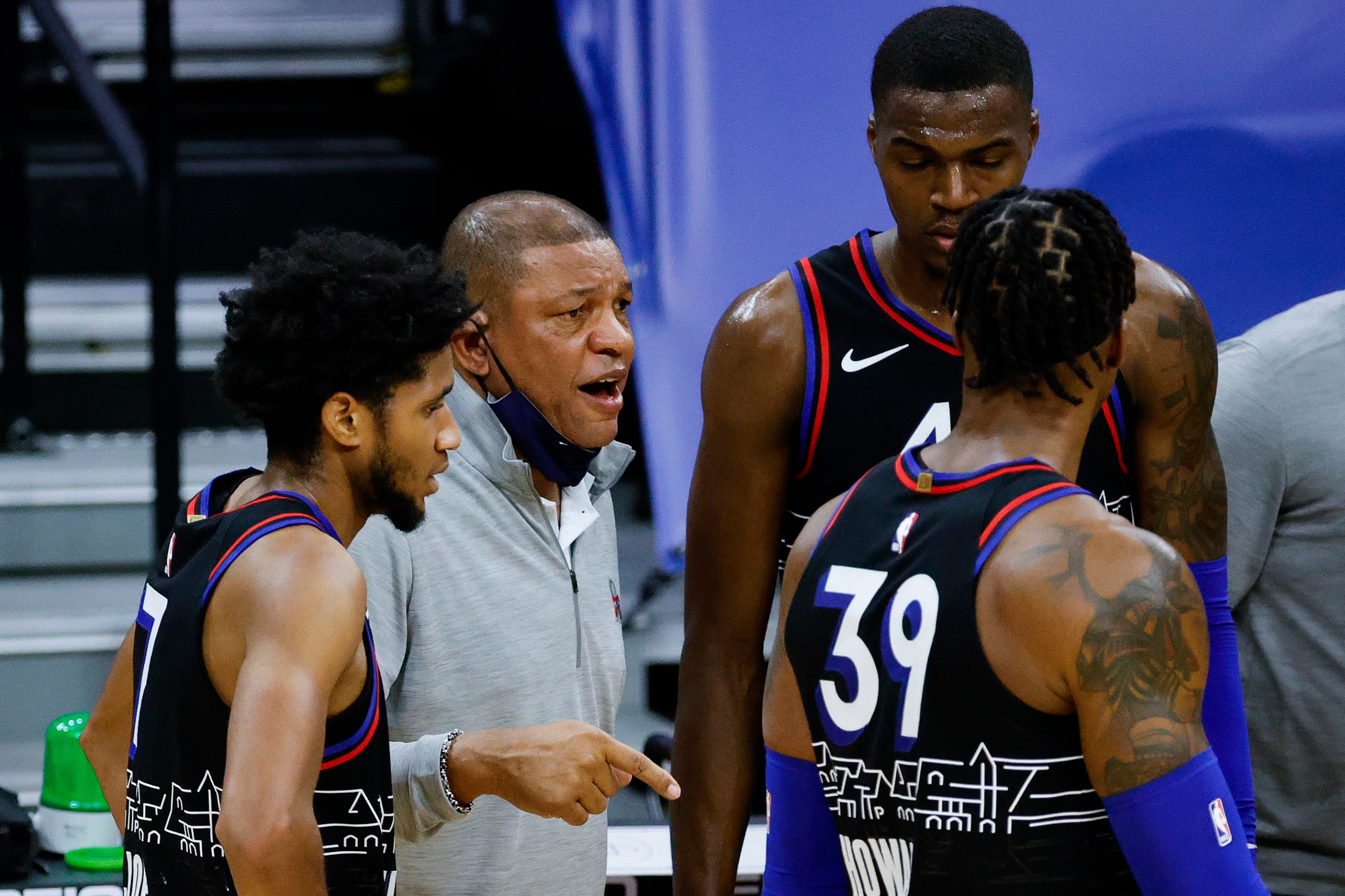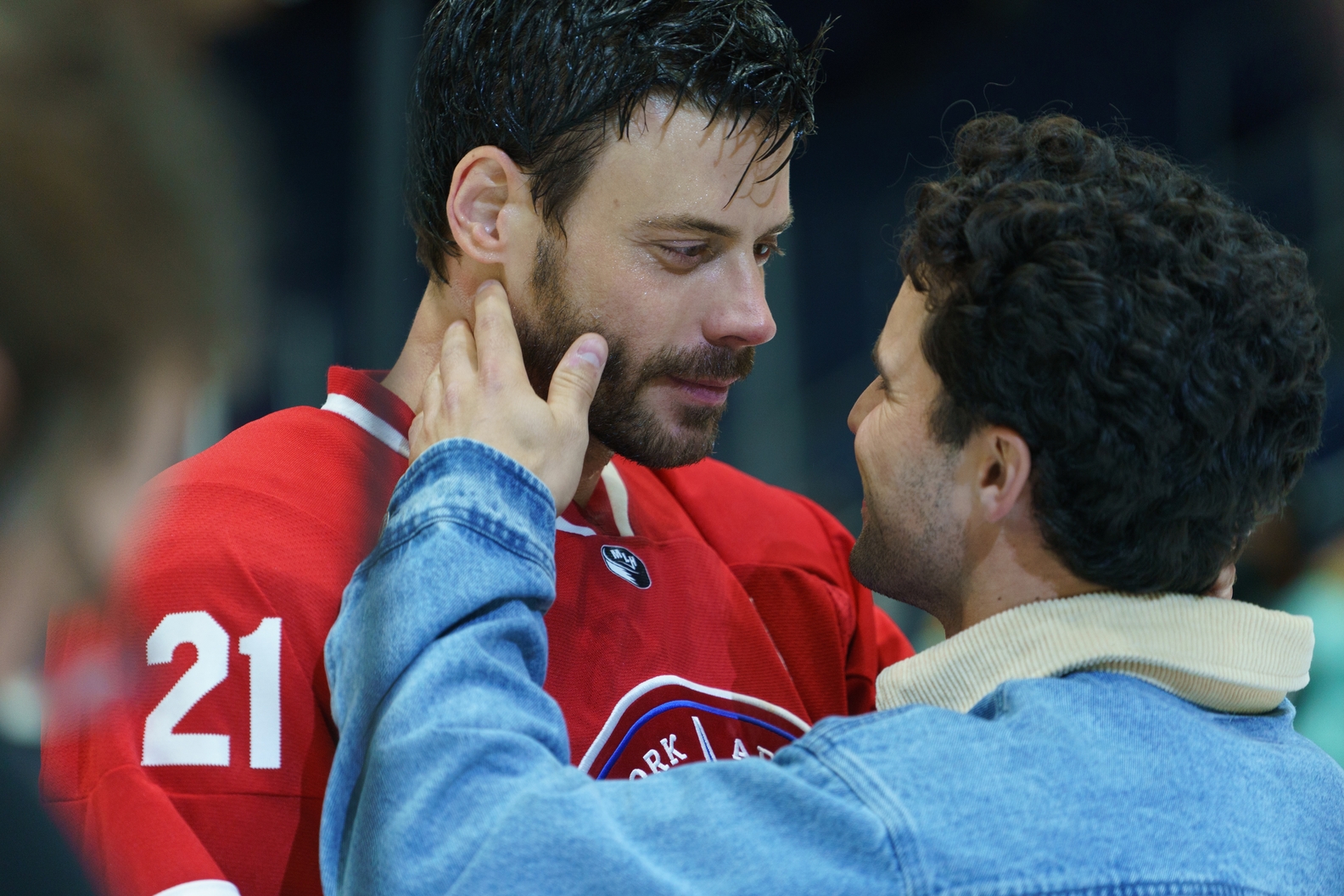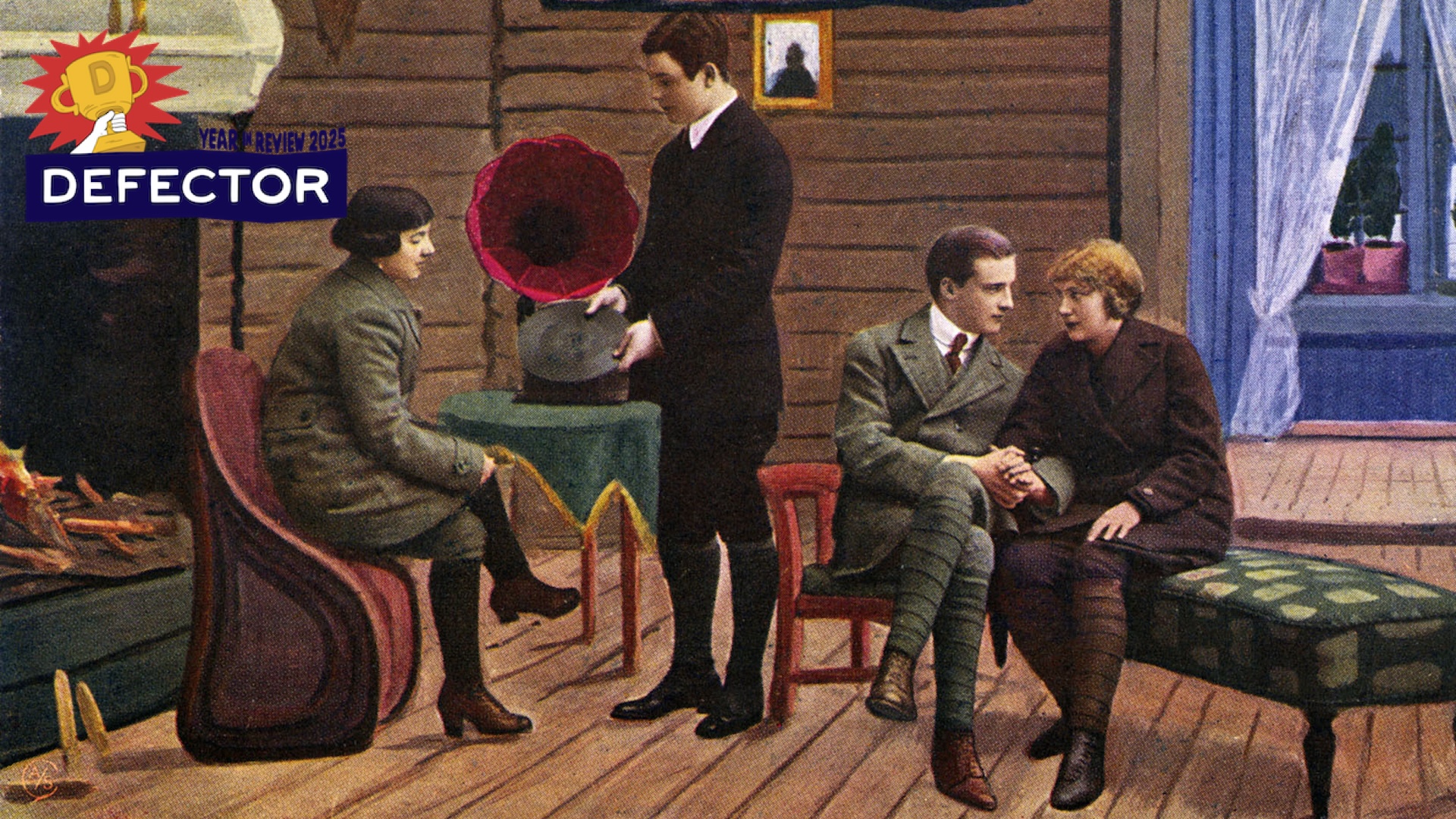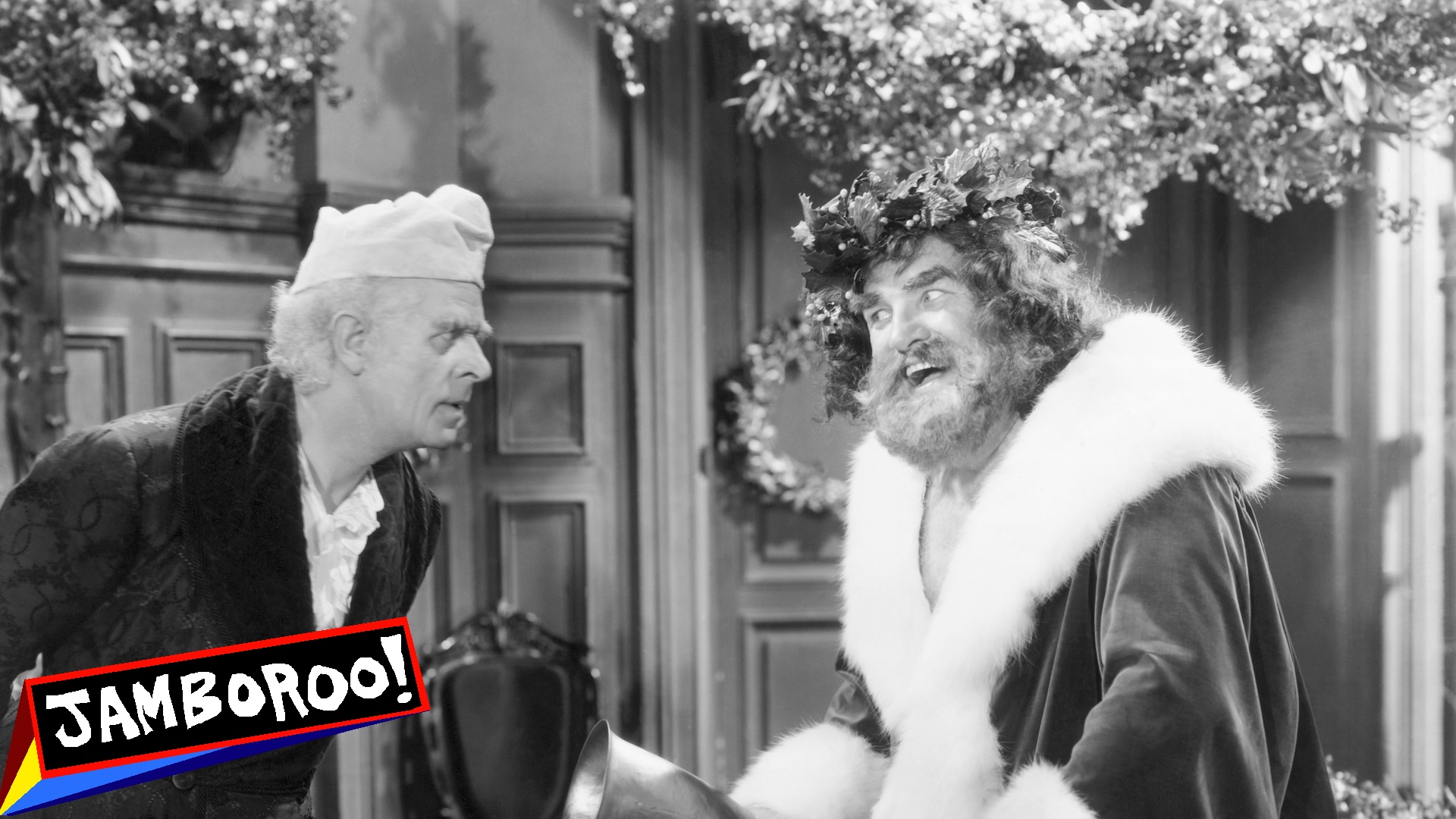Doc Rivers did not think the Sixers should have played Saturday afternoon's game against the Nuggets, but rules are rules. Left with no postponement option and just seven healthy players—the rest out with injuries and for various "health and safety protocol" reasons—Rivers was forced to start the very real Dakota Mathias and Isaiah Joe. The Sixers lost, (impressively, all things considered) 115–103.
The woes began on Thursday night, when Philadelphia's Seth Curry was whisked from the bench in the first half of a Sixers-Nets game, after his team was notified of a positive lab-based COVID-19 test that contradicted his earlier negative on a rapid test. This meant that on Saturday, Tobias Harris, Shake Milton, Vincent Poirier, and Matisse Thybulle, who had shared a table with Curry in a team meeting on Thursday, were considered "close contacts" and couldn't play while waiting for test results. Also, Terrance Ferguson was listed out for personal reasons; Mike Scott and Furkan Korkmaz were out with previous injuries; and Ben Simmons and Joel Embiid were late scratches with knee swelling and back tightness, respectively. The Sixers needed eight players in uniform to avoid forfeiting, which they only managed in a technical sense: Mike Scott dressed for the game so he'd be considered "active," but Rivers said pre-game that he had no intention of playing Scott. At least they had the, uh, two-person bench of Tony Bradley and Paul Reed.
Doc Rivers discussed how the last 36 hours for the Sixers "have been nuts" prior to today's game against the Nuggets. pic.twitter.com/a4oO20LBYY
— NBC Sports Philadelphia (@NBCSPhilly) January 9, 2021
Not to be outdone by their Eastern Conference foes, Boston's Jayson Tatum and Rob Williams tested positive for COVID-19 on Friday night and will isolate for 10–14 days. Per the Boston Globe's Gary Washburn, Williams recently shared a car with teammates Grant Williams, Carsen Edwards, and Tristan Thompson, which will keep Thompson and Grant Williams out from the Celtics' Sunday night game against the Miami Heat. (Edwards was wearing a mask, and is not considered a close contact, Washburn says.) On Saturday, NBA contact tracing identified another man pulled into this web of disease: the Wizards' Bradley Beal, who chatted with Tatum after the Celtics-Wizards game Friday night.
This is part of health and safety protocols investigating potential exposure that occurred when Bradley Beal and Jayson Tatum were speaking in close proximity on the court postgame Friday night, sources said. https://t.co/42fYb8Yesc
— Shams Charania (@ShamsCharania) January 9, 2021
Why does sharing a car with someone or talking to them postgame make them a "close contact" in a way that breathing on them over the course of a 48-minute game apparently does not? An unsatisfying answer can be found in the league's health and safety protocol guide, which says sharing a court with a player who has tested positive for COVID-19 isn't an automatic qualification. (The CDC defines the term as "any individual within six feet of an infected person for a cumulative total of 15 minutes or more.") The NBA's senior vice president for player matters David Weiss told The New York Times that the league used "data that analyzes contact time and distance during on-court play" to conclude that players aren't in close contact with each other for 15 minutes a game.
The NFL has argued the same thing over the course of its season, using that definition of "close contact" to justify requiring masks on the sidelines and in practice but not on the field. “We have seen zero evidence of transmission player-to-player on the field, either during games or practices,” the NFL’s chief medical officer Allen Sills told Sports Illustrated in November. “We regularly communicate with World Rugby, Australian rules football, European soccer leagues. To date, no one has documented a case of player-to-player transmission in a field sporting environment.”
But basketball, it stands to reason, is a much different and riskier sport in this regard. It's played exclusively indoors, in spaces of much smaller area, and it's not unlikely that between man-to-man defense and standing at the free-throw line, players are in transmission's distance of each other pretty often. The NBA and its data may in fact be following the letter of the law, but "six feet and 15 minutes" guideline isn't a firm law at all, and those numbers were never really meant to govern interactions between players respirating much harder than average person.
The season isn't going to get any easier from here. The Mavericks have shut down their practice facility with four players in quarantine. Sunday afternoon's injury report for the Heat-Celtics game lists nine of 17 Celtics out tonight due to health and safety protocols and injury. The relatively small roster sizes and dense scheduling that made the NBA well-suited to bubbling up last summer are the same things that leave NBA teams uniquely vulnerable to disruption. Ohio State could miss some 22 players and still eke out a win in the Big Ten championship game; the Saints could play without any of their running backs. But as this weekend's games show, the NBA is dealing with much smaller margins for error.
As the season goes on, and more players are unavailable due to injury and fatigue, those margins will only narrow. The NBA's schedule is designed to limit instances of travel that could spread the virus, but playing a relatively full schedule has meant a higher number of back-to-backs and “baseball-style” two-game series in short spans, which are sure to take some physical toll.
And those are just the concrete, logistical reasons this will be tough. Silver may have learned from his fellow commissioners in professional and college sports that you can actually get away with rumbling along and racking up positives (bonus points if you can find a way to treat outbreaks the league facilitated as overcome adversity). But he should also know that it’s tough to stay popular while doing it. The NBA hasn't specified a number of positives that would trigger postponement, a policy which affords it some flexibility but will inevitably leave teams and fans confused and unhappy. In the absence of publicly available and well-explained protocols, everyone enters Nebraska Cornhuskers mode, convinced the commissioner—nay, the world—is out to get them.
But even if the league does manage to avoid a postponement, it might end up with nothing but a Pyrrhic victory to show for its insistence. Nobody who watched or participated in Saturday's game between the Sixers and Nuggets was having any fun, and you can only afford to put on so many awful contests before the entire season turns into a clown show. At this rate, that seems like the best outcome the NBA can hope for.
Update (4:47 p.m. ET): Going great!
The Boston Celtics-Miami Heat game tonight has been postponed, sources tell @TheAthleticNBA @Stadium. A Heat player has returned an inconclusive test, and team does not have required eight players to proceed with game tonight due to contact tracing.
— Shams Charania (@ShamsCharania) January 10, 2021







